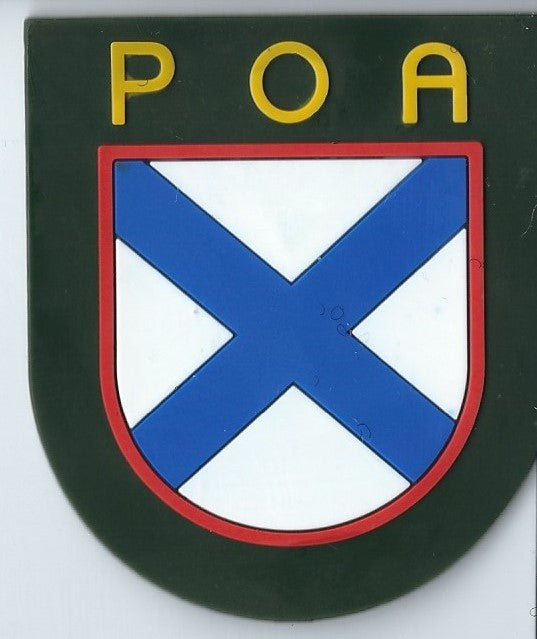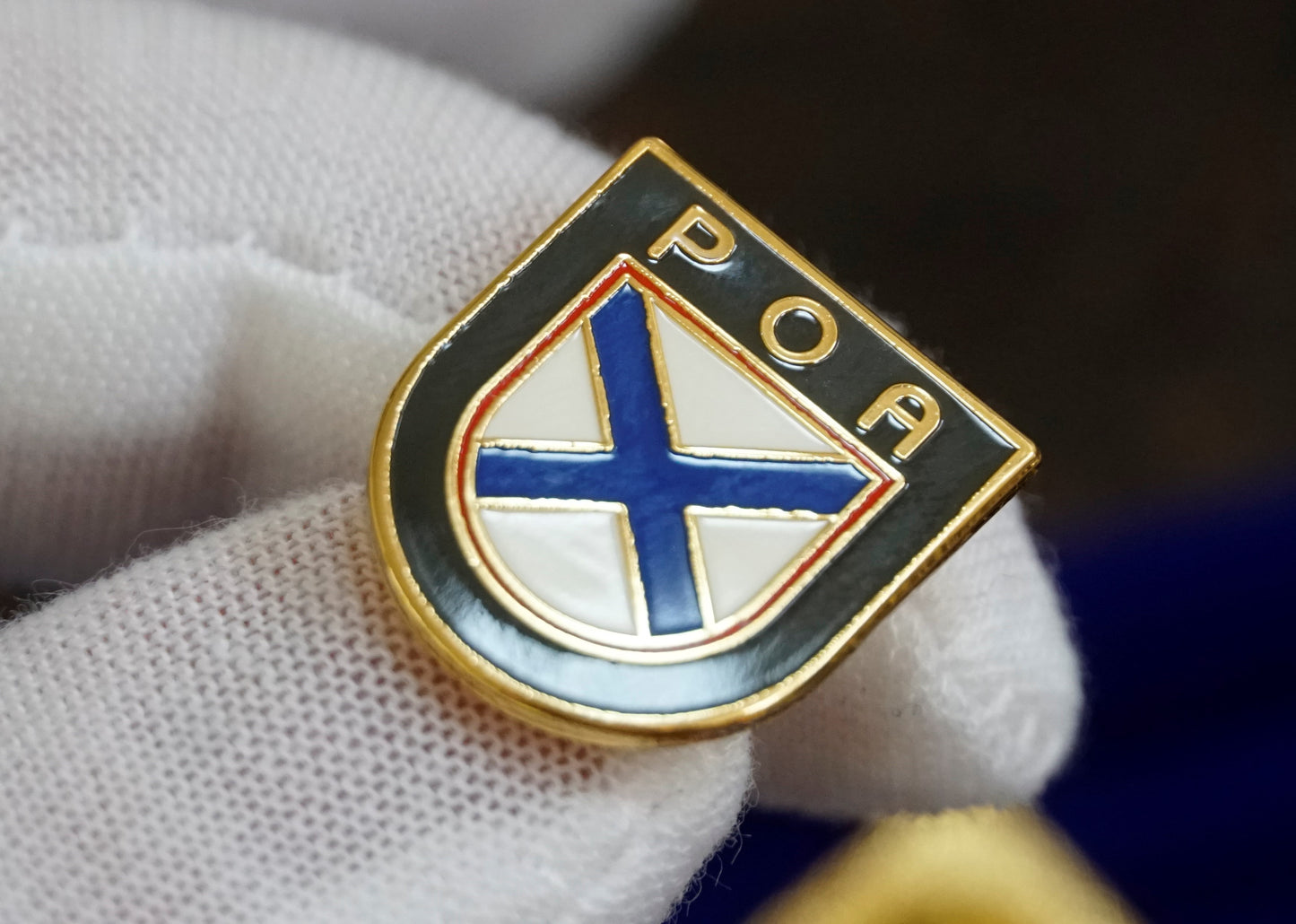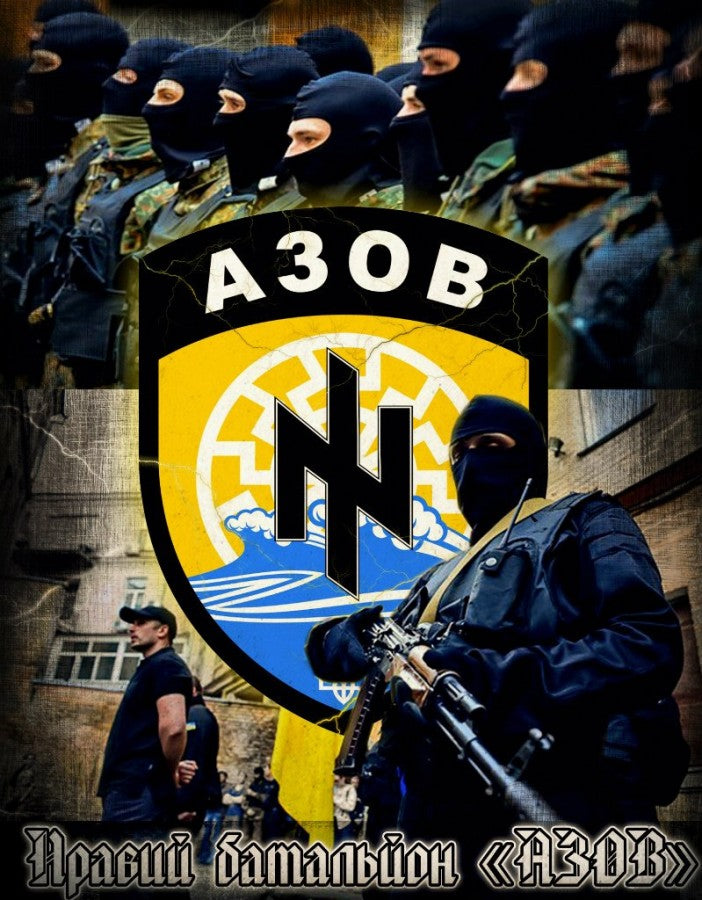Modern patch 3D PVC Velcro on back
The Cossack divisions that fought along side Germany on the Eastern Front were composed mainly of anti-Soviet Cossacks, including Don, Kuban, and Terek Cossacks. Many of them were former Red Army soldiers, defectors, or émigrés who opposed Soviet rule.
Don Cossacks Volunteer's
Terek Cossacks Volunteer
IDEL URA 'Volga Tartar' Legion
Russian KUBAN Volunteer's
Siberian Cossacs
Don Cossacks Volunteer's
This patch displays the Cyrillic letters for Voysko Donskoye, (Don Tribe/Clan)
Terek Cossacks Volunteer Sleeve Shield – 2nd Pattern
Шеврон терских казаков в составе вермахта в годы Второй мировой войны.
It was worn by Cossack volunteers in the 6th (Terek) Cossack Cavalry Regiment of the 2nd Cossack Cavalry Brigade. These were soldiers who were recruited from the occupied territories or from POW camps.
IDEL URA 'Volga Tartar' Legion
IDEL URAL Sleeve Shield-This patch is intended for a volunteer within the 'Volga Tartar' Legion. This is the first example of this volunteer shield I have ever owned. This is the 1st model shield that was introduced in 1942. The shield shows 'Idel-Ural', 'Idel' is the tatar name for the Volga. It shows the two swords over a large arrow.
The Russian Liberation Army (German: Russische Befreiungsarmee; Russian: Русская освободительная армия, Russkaya osvoboditel'naya armiya, abbreviated as РОА, ROA, also known as the Vlasov army (Власовская армия, Vlasovskaya armiya)) was a collaborationist formation, primarily composed of Russians, that fought under German command during World War II. The army was led by Andrey Vlasov, a Red Army general who had defected, and members of the army are often referred to as Vlasovtsy (Власовцы). In 1944, it became known as the Armed Forces of the Committee for the Liberation of the Peoples of Russia (Вооружённые силы Комитета освобождения народов России, Vooruzhonnyye sily Komiteta osvobozhdeniya narodov Rossii, abbreviated as ВС КОНР, VS KONR).[1]
Vlasov agreed to collaborate with Nazi Germany after having been captured on the Eastern Front. The soldiers under his command were mostly former Soviet prisoners of war but also included White Russian émigrés, some of whom were veterans of the anti-communist White Army from the Russian Civil War (1917–23). On 14 November 1944, it was officially renamed the Armed Forces of the Committee for the Liberation of the Peoples of Russia, with the KONR being formed as a political body to which the army pledged loyalty. On 28 January 1945, it was officially declared that the Russian divisions no longer form part of the German Army, but would directly be under the command of KONR.
In May 1945, members of the ROA switched sides and joined the anti-Nazi Prague uprising.
















